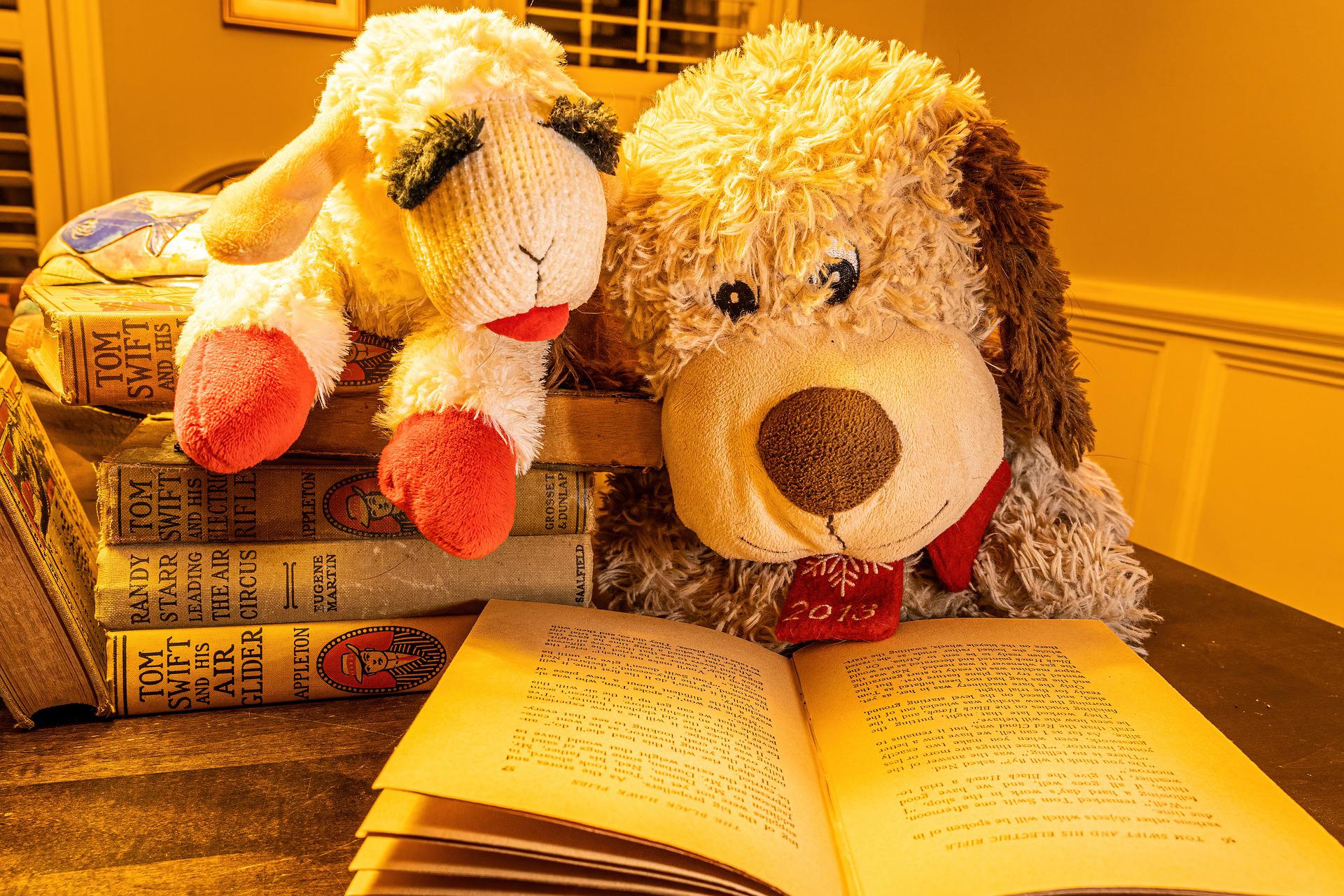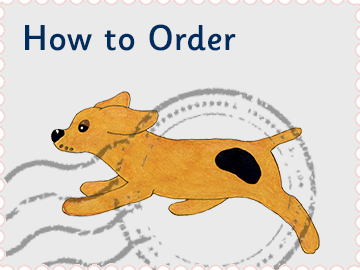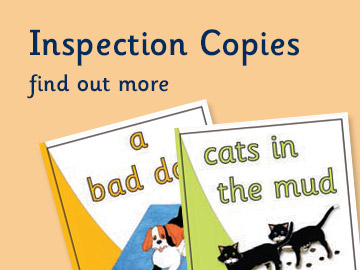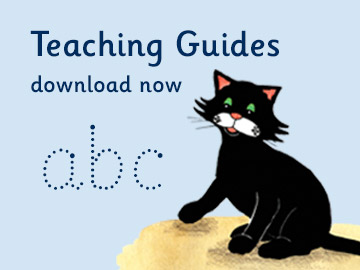Is Sheep a CVC word?

When we were children, people of my generation were taught that there are five vowel letters in the alphabet. The vowel letters are ‘a, e, i, o, u’. We were also taught that there are twenty-one consonant letters. The consonant letters are ’b, c, d, f, g, h, j, k, l, m, n, p, q, r, s, t, v, w, x, y, z’. We used the capital letter V as shorthand for a vowel and the capital letter C as shorthand for a consonant. In our learned notation, ’sheep’ is a CCVVC word. This is the standard view of the general population when they watch Countdown on television.
Then in 1997, Diane McGuinness’s famous book, Why Children Can’t Read was published and the concepts of phonemes and graphemes were introduced to the teachers of reading and writing. These concepts have been passed on to government ministers, parents and children ever since. The sounds in words have became known as phonemes, the letters in words have became known as graphemes and the correspondences between them are now known as grapheme/phoneme correspondences, GPCs.
Professor McGuinness proposed that children should be taught these grapheme/phoneme correspondences as the first step in learning to read and write. She identified 42 phonemes (sounds). She analysed many written words and identified all the different graphemes (spellings) corresponding to the phonemes (sounds) in these written words. She made the first Alphabetic Code Charts. She devised a programme where the most common spelling (grapheme) of each phoneme (sound) was taught as the ’basic code’ of the language. The other spellings were then taught as the ‘extended code’. She called this Linguistic Phonics, although in England it was adopted as Synthetic Phonics.
In 2007, when Letters and Sounds was first published, the number of phonemes was increased to 44. These were identified as 24 consonant phonemes and 20 vowel phonemes, as heard in British Received Pronunciation. Accents and dialects were ignored. The phonemes were written in forward slashes to differentiate them from graphemes. The International Phonetic Alphabet, with its own symbols for sounds, was not used because this would have created yet another symbolic system to learn.
The consonant phonemes are /b/, /d/, /f/, /g/, /h/, /j/, /k/, /l/, /m/, /n/, /p/, /r/, /s/, /t/, /v/, /w/, /y/, /z/, /th/ (voiced), /th/ (unvoiced), /sh/, /ch/, /ng/, /zh/. (The letter ’x’ is not a true phoneme but a mixture of two phonemes /k//s/. The letter combination ’qu’ as in ’queen’ is a blend of /k//w/, so that /q/ is not a phoneme in its own right. The letter ’c’ is thought of as an alternative spelling of the /k/ phoneme.)
The vowel phonemes are /a/, /e/, /i/, /o/, /u/, /ai/, /ee/, /igh/, /oa/, /oo/ (as in cool), /oo/ (as in good), /ar/, /er/ as in (better), /or/, /ur/, /oi/, /ow/ (as in down), /air/, /ear/ (as in year), /ure/.
(These spellings of phonemes are those that appear in the UK government’s ’Letters and Sounds’ 2007 documents.) These phonemes and graphemes are now incorporated into the synthetic phonic teaching programmes that are statutory in England for teaching children to read. (Other synthetic phonic programmes use different spellings of these phonemes as their basic code. These are /ou/ (out) for /ow/ (down), /ay/ for /ai/, /ir/ for /ur/ and /ie/ (pie) for /igh/.)
We may ask what has this got to do with the consonant and vowel notation we use for letters in written words. The answer is that it has brought about a fundamental change. When they are learning to read and write, children are first taught how to pick out the sounds in spoken words and how to represent these sounds as letters. When they know a few letter/sound correspondences, they are taught how to blend these isolated sounds back into words. This means that when they are reading, children split (segment) written words into graphemes, say the corresponding phonemes, then blend the phonemes together (synthesise them) to decode the words. When they are writing, children are taught to split (segment) the word they want to write into sounds (phonemes). Then they think of the corresponding letters (graphemes) and write these to form the word. This is seen as a reverse process of decoding and it is called encoding.
If they see the word ’sheep’, children are taught to segment it into the graphemes sh-ee-p corresponding to the phonemes /sh//ee//p/ and then to blend these phonemes together to say the word. In this way ’sheep’ is analysed into a consonant phoneme /sh/, followed by a vowel phoneme /ee/, followed by a consonant phoneme /p/. It becomes a CVC word.
There are many words with more than three letters that are classed as CVC words when they are split in this manner. For example, the word duck can be segmented (spilt up or analysed) as d-u-ck, whose phonemes are /d/ /u/ /k/, and ’ck’ is an alternative spelling of the /k/ phoneme.
Other examples of words split into graphemes and corresponding phonemes, GPCs, are shown below: (I have deliberately not used capital letters at the beginning of these words.)
‘thing’ is segmented as th-i-ng. The phonemes are /th/ /i/ /ng/.
‘have’ is segmented as h-a-ve with the corresponding phonemes /h/ /a/ /v/, and ’ve’ is an alternative spelling of the /v/ phoneme.
‘gave’ is segmented in a different way to ’have’. Its phonemes are /g/ /ai/ /v/, where the split digraph ’a-e’ is an alternative spelling of the /ai/ phoneme.
‘shall’ is segmented as sh-a-ll, with corresponding phonemes /sh/ /a/ /l/, where ’ll’ is a spelling of the /l/ phoneme.
‘tall’ is segmented as t-al-l, or phonemically /t/ /or/ /l/, where ’al’ is a spelling of the /or/ phoneme.
‘head’ is segmented as h-ea-d. Its phonemes are /h/ /e/ /d/, and ’ea’ is a spelling of the /e/ phoneme.
‘teach’ is segmented as t-ea-ch. Its phonemes are /t/ /ee/ /ch/ and ’ea’ is a spelling of the /ee/ phoneme.
‘write’ is segmented using the split digraph ’i-e’ as a spelling of the /igh/ phoneme. Its phonemes are /r/ /igh/ /t/, (or /r/ /ie/ /t/, depending which notation is used) and ’wr’ in ’write’ is a spelling of the /r/ phoneme.
’horse’ is segmented as h-or-se. Its phonemes are /h/ /or/ /s/, where ‘se’ is a spelling of the /s/ phoneme.
‘cheese’ is segmented as ch-ee-se, whose phonemes are /ch/ /ee/ /z/, so that ’se’ is a spelling of the /z/ phoneme.
None of these words would be classed as CVC words in the accepted notation of spellings and letters as taught to my generation. Neither would they be described as CVC words by the letters notation used on Countdown, but they are all CVC words in synthetic phonics notation.
Also there are some words with spellings of more than two letters but they have only two phonemes. These are classed as VC words or CV words in synthetic phonics notation. Examples are:
‘earth’, which is segmented into ear-th, where its two phonemes are /ur/ /th/ and ‘ear’ is a spelling of the /ur/ phoneme.
‘own’ is segmented as ow-n, where the phonemes are /oa/ /n/, and ’ow’ is a spelling of the /oa/ phoneme,
‘owl’, on the other hand is also segmented as ow-l, where the phonemes are /ow/ /l/, or /ou/ /l/, depending on the spelling of the basic code.
‘they’ is segmented as th-ey into the two phonemes /th/ /ai/, where ’ey’ is a spelling of the /ai/ phoneme.
‘car’ is segmented as c-ar. Its two phonemes are /k/ /ar/, where ’c’ is an spelling of the /k/ phoneme.
All this means is that the answer to my original question is ‘yes, in the world of synthetic phonics, sheep is a CVC word’.
The phoneme is the basic unit of language taught in synthetic phonics lessons worldwide. Letters are seen as the way we represent sounds. It is because there are 44 sounds in our English language and only 26 letters in our alphabet, that we have to use combinations of letters to represent some of the sounds. However, there is no single one-to-one correspondence between letters and sounds. All the sounds in English have more than one spelling, and some of the spellings correspond to more than one sound. Our children and grandchildren are now being taught about splitting words into phonemes and their corresponding graphemes in their daily phonics lessons.
The question regarding which notation is right or wrong for the word ’sheep’ is down to convention. If we are considering the individual letters in words, then ’sheep’ is a CCVVC word. If we are considering the sounds in words, then ’sheep’ is a CVC word.





